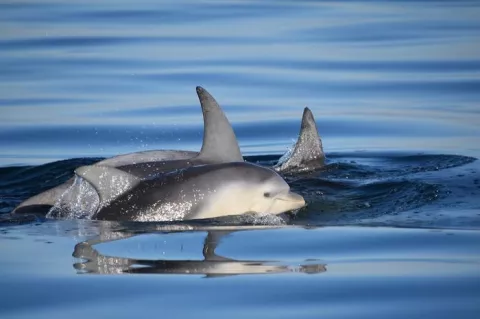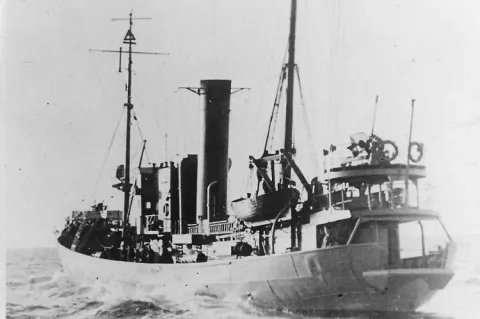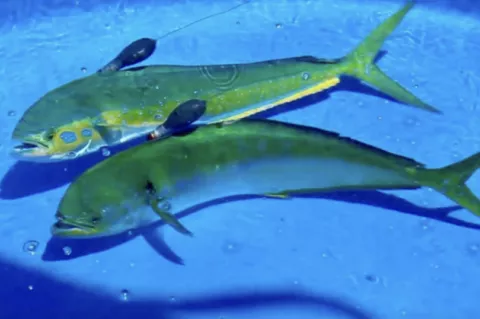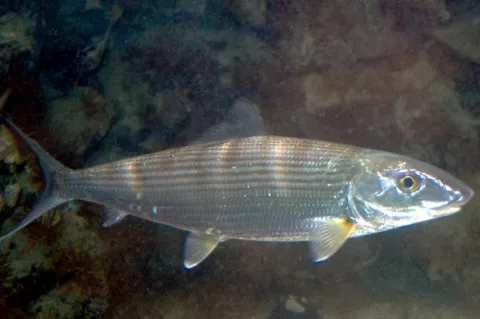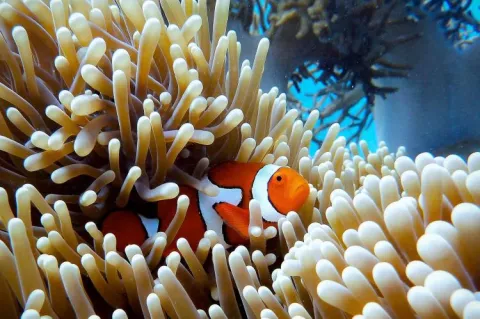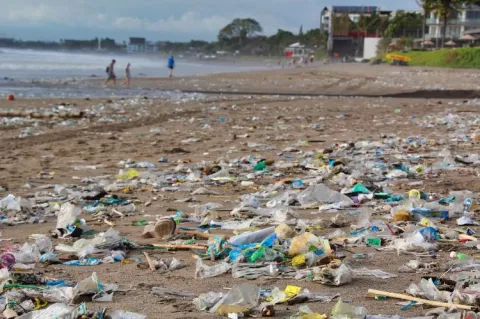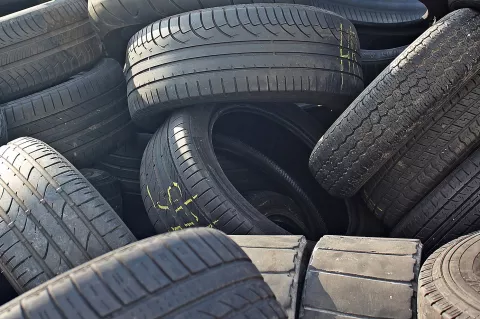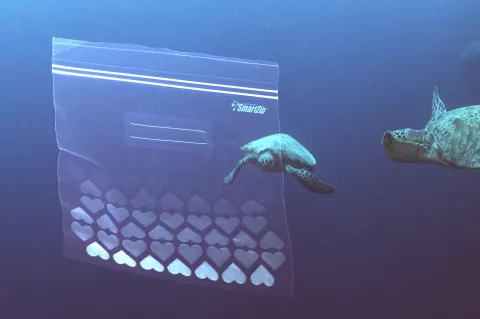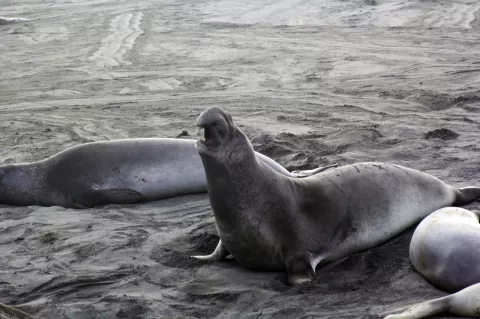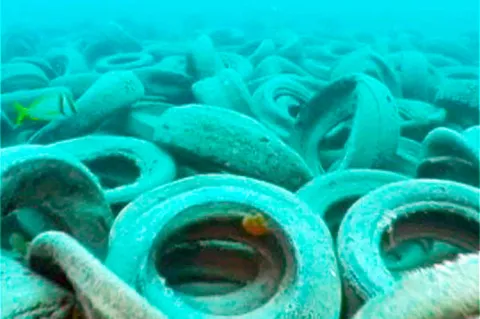Critically endangered dolphins face unprecedented pollutant threat
In a joint study, scientists found alarming concentrations of PFAS chemicals in Victoria’s critically endangered Burrunan dolphins.
These chemicals, widely used in food packaging, firefighting foam and non-stick cookware, are sometimes called “forever chemicals” as they almost never break down in the environment.

